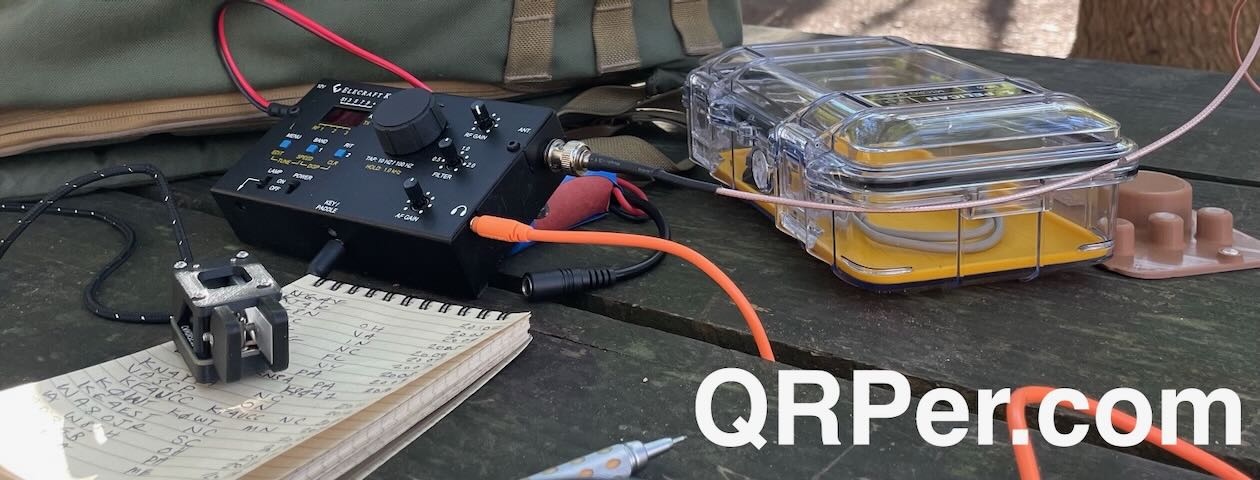 The following article originally appeared in the April 2022 issue of The Spectrum Monitor magazine:
The following article originally appeared in the April 2022 issue of The Spectrum Monitor magazine:
“Look at this, Tom! Only the stuff I need and nothing more,” cheerfully noted my good friend and Elmer, Mike (K8RAT). It was Field Day two decades ago, and Mike was gazing at his TEN-TEC Scout. I glanced over, and agreed. “So simple and so effective,” Mike added.
I’ve never forgotten Mike’s sage words. That Scout (Model 555) was about as simple as a then-modern HF transceiver could be: it had a total of three knobs––one for AF gain and IF bandwidth, one for RIT and Mic gain, and an encoder. It also had three mechanical switches on the front: one for power, one for TUNE and NB, and one for CW speed and RIT. It also had an analog SWR/power meter. The Scout used plug-in band modules for each HF band and featured a large segmented bright green LED frequency display that was characteristic of so many TEN-TEC rigs of the day.
And Mike was right. For those of us who appreciate radios with a simple, uncluttered, and an almost utilitarian interface, the Scout was, in vintage parlance, “the bee’s knees.” And that the Scout also performed beautifully was just icing on that cake.
When the Scout first appeared in 1994, embedded menu options and spectrum displays were not yet commonplace among amateur transceivers. Embedded menu items can open the door to near granular level control of your radio’s functionality and features. Then again, if those embedded menus aren’t well thought out, it can lead to awkward operation practices in the field, during a contest, or even during casual operation.
As a radio reviewer, I spend a great deal of time sorting out embedded menu functionality and design. Perhaps it’s for this reason that I so enjoyed reviewing a radio that bucks this trend and reminds me of a time that was simpler, not to mention, easier.
Enter the Penntek TR-35
 The new Penntek TR-35 is a four-band CW-only QRP transceiver that is available both as a kit ($279) and as a factory assembled and tested unit ($379). Penntek transceivers are designed and manufactured by John Dillon (WA3RNC).
The new Penntek TR-35 is a four-band CW-only QRP transceiver that is available both as a kit ($279) and as a factory assembled and tested unit ($379). Penntek transceivers are designed and manufactured by John Dillon (WA3RNC).
All of his transceiver kits are available at his website WA3RNC.com.
I was first drawn to the TR-35 after reading the opening paragraph of the product description:
“Compact but powerful 4-band, 5-watt CW transceiver kit that uses no tiny push buttons, and without those seemingly endless and hard-to-remember back menus. There is a knob or a switch for every function!”
Sold!
I considered buying and building the TR-35 kit, but I wanted my eventual review––this one!––to focus on the radio’s functionality and performance. So a factory-assembled and tested unit was right for this purpose, just so that any performance issues wouldn’t be a result of any shortcomings in my kit building skills.
I decided to reach out to WA3RNC and ask for a loaner. John very kindly sent a factory built TR-35 to me along with return postage and a very flexible loan period (thank you, John!). Continue reading A comprehensive review of the Penntek TR-35 four band QRP transceiver
































